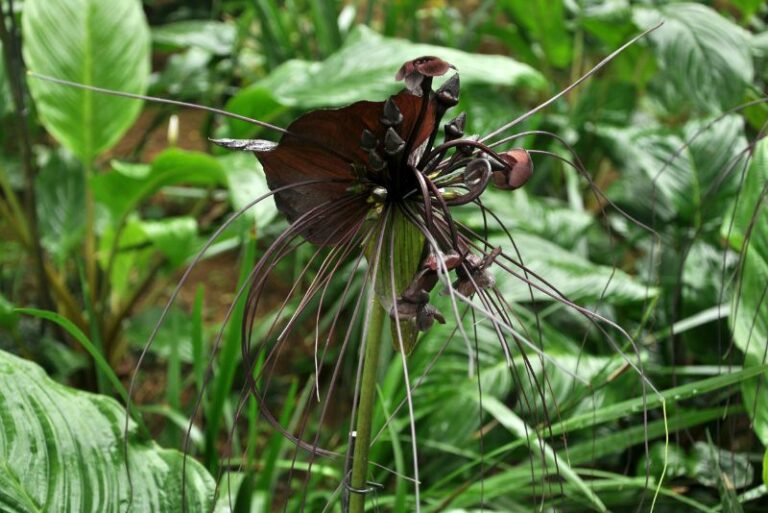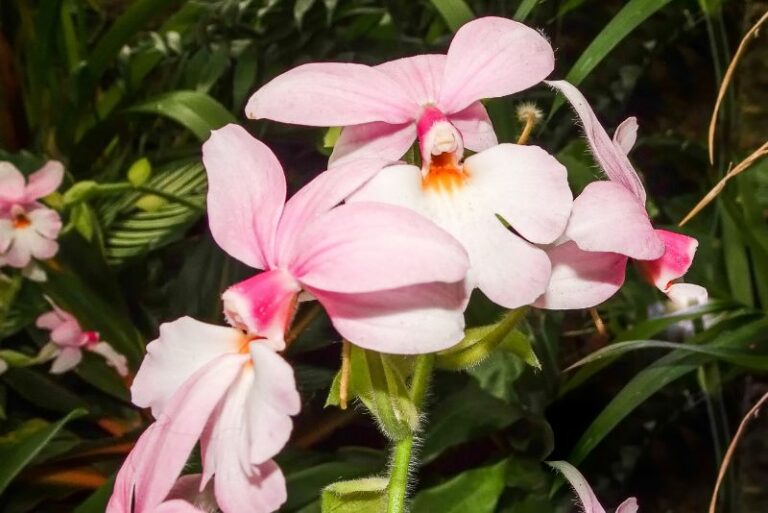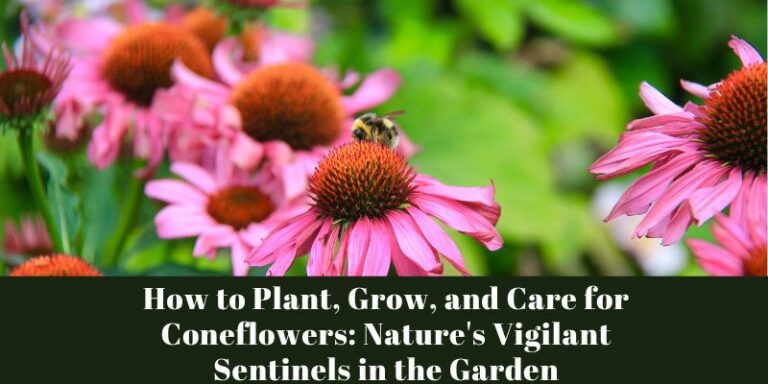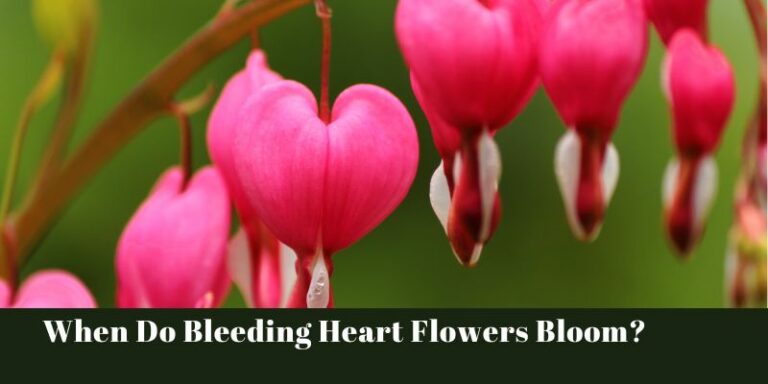How to Grow Hummingbird Plants (Firecracker Plants)
Nurturing a garden that’s a haven for both plant life and the wildlife it draws is one of the most rewarding pastimes, especially if you’re a fan of the vibrant, hovering hum of a hummingbird. Hummingbird plants, also known as firecracker plants, offer an explosion of color and a direct invitation to these delicate and fascinating birds. In this guide, we’ll walk you through everything you need to know to successfully grow and maintain a dazzling hummingbird garden of your own.
The Allure of Hummingbird Plants
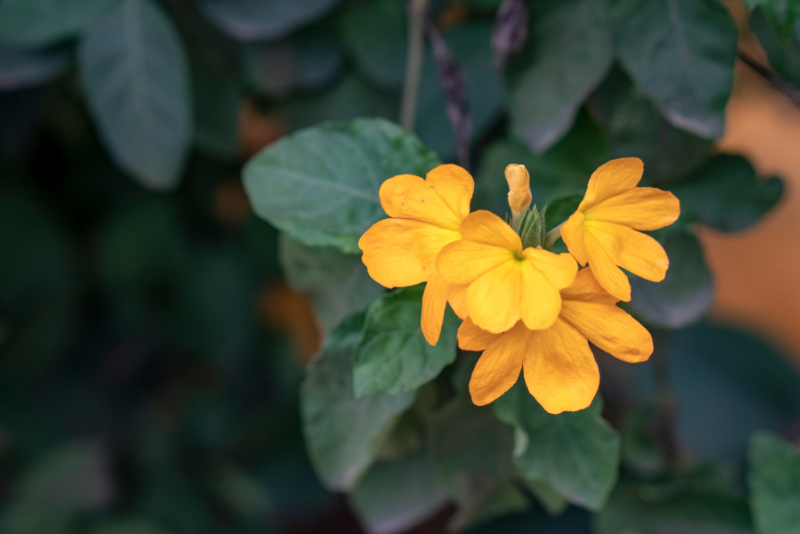
The firecracker plant, aptly named for its fiery red blooms that resemble the explosion of color from a festive firework, is sure to be an attention grabber in any garden or landscape. But it’s not just its aesthetics that make it popular among gardeners; it’s the charm of the hummingbird that it’s known to attract that truly sets it apart.
In regions where these little avian acrobats are prevalent, firecracker plants are a staple for creating a habitat that’s not only photogenic but ecologically vibrant. This guide is a dedication to gardeners who believe in the partnership between flora and fauna, and who cherish the unspoken joy of witnessing one of nature’s small miracles—the dance of the hummingbirds among the flowers.
But before we get to the in-depth tips, here’s a brief on the botanic beauty called the firecracker plant and the magical marvel it’s designed to beckon.
The Hummingbird’s Canvas
Firecracker plants (Russelia equisetiformis) are native to Mexico and Guatemala. Their long, slender, tubular flowers, which jut out like living coral from sprawling, delicate foliage, are a perfect fit for the hummingbird’s specialized beaks. Not only are they a treat for the eyes, but the flowers’ nectar also serves as a high-octane fuel for these tiny flyers.
A Symphony of Scarlet
The appeal of firecracker plants lies not only in their visual allure but in the sway they bring to the garden. The way the wind orchestrates a gentle dance among the branches, with the added possibility of sudden explosions in hues of scarlet and cherry, evokes an enchanting sense of whimsy—a scene directly from the wild heart of the tropics.
Choosing the Right Location for Your Firecracker Plant
Success with your firecracker plants begins with selecting an ideal location. For maximum flowering and to attract a plethora of pollinators, location is key. Here’s what you should consider:
Sun-Drenched Delight
Firecracker plants thrive in full sun, which means they need a bare minimum of six hours of direct sunlight each day. In shadier conditions, the plants become leggy and produce fewer blooms. Find the sunniest spot available, and watch your hummingbird plant light up the area.
Soil Secret
The soil type should be well-draining, as these plants do not like to have “wet feet.” Sandy or gravelly soil is preferable; however, if you have clay soil, dig in organic matter like compost to improve drainage. Soil pH is not as critical, as these plants are adaptable to a wide range.
The Planting Process: A Prudent Beginning
The Right Candidate
Select healthy plants with no signs of damage or pests. Look for vibrant green foliage and, if possible, some established flowers or buds.
The Hole Truth
When planting, dig a hole that’s at least twice the width of the plant’s pot and about the same depth. This space gives the young roots room to grow without being cramped.
Gently Settle In
After placing your firecracker plant in the hole, fill the space with soil. Gently pat down the soil around the base of the plant to remove any air pockets and provide structural support.
Watering Wisely
Immediately after planting, give the plant a deep, thorough drink of water to encourage the roots to grow downward in search of moisture.
Mulch Matters
Lay down a layer of mulch around your newly planted firecracker plant to help retain moisture, control weeds, and keep the soil cool. Organic mulches like straw, wood chips, or pine needles work well.
Caring for Hummingbird Plants: The Gardener’s Duty
Your firecracker plant is in the ground, but the work doesn’t stop there. The key to maintaining a healthy hummingbird garden is regular care and attention.
H2O Hunch
Water your firecracker plant deeply but infrequently. These plants are moderately drought-tolerant once established, but they will benefit from a long soak once a week during dry spells. Avoid frequent, light watering, which encourages shallow root growth.
Nutritional Notes
Fertilize your firecracker plant once a month with a balanced, all-purpose fertilizer during the growing season (spring and summer). This will help promote blooming and overall plant health.
Precision Pruning
Prune your firecracker plant in early spring to encourage bushiness and blooming. Remove any dead or damaged branches and shape the plant as desired. You can also deadhead spent flowers to prolong the blooming season.
Attracting Hummingbirds: The Ultimate Reward
Creating a hummingbird-friendly haven goes beyond just planting the right flowers. Here’s how to ensure your garden is a destination for these winged wonders.
Buffet Bonanza
Provide a variety of nectar-producing plants that bloom at different times throughout the year. This ensures a constant food source for hummingbirds.
Housing Humans of the Humming Variety
Consider adding a hummingbird feeder to your garden. These feeders are a reliable source of nectar, especially when other nectar plants are not in bloom. Just remember to keep them clean and filled with fresh sugar water.
Water Wonder
Hummingbirds love to play in a gentle spray. Create a shallow pool, or a birdbath with a dripper or mister feature, to entice them with the allure of a refreshing dip.
Conclusion: The Joy of Hummingbird Gardening
Witnessing the joyful precision of hummingbirds as they flutter among the blooms of your firecracker plants is a privilege reserved for nurturing gardeners who understand the sacred connection between the wild and the tamed.
In nurturing firecracker plants, you’re doing more than just growing a garden; you’re creating an ecosystem that hums with life, color, and the unfathomable wonder of nature’s design.
If you’re ready to take up the mantle of hummingbird gardening, now is the time to start. Follow the guide, adapt it to your unique garden’s needs, and above all, revel in the beauty of partnership with nature. Happy gardening, and may your skies be always lit with the jewel-toned arcs of hummingbird flight.

